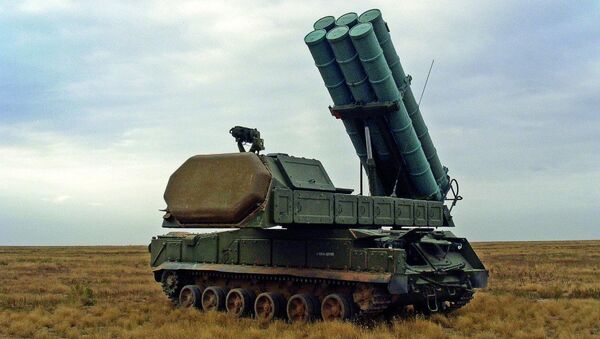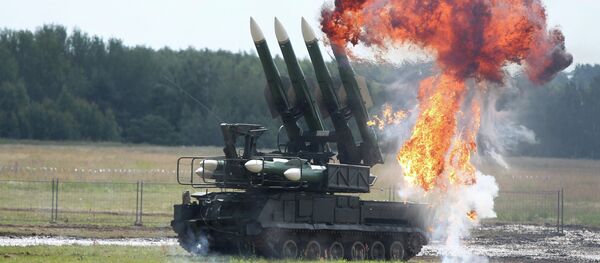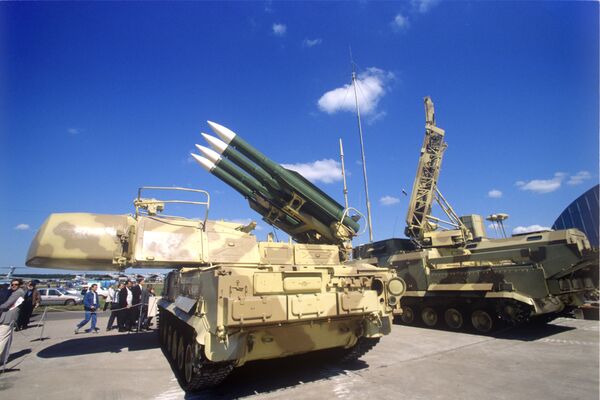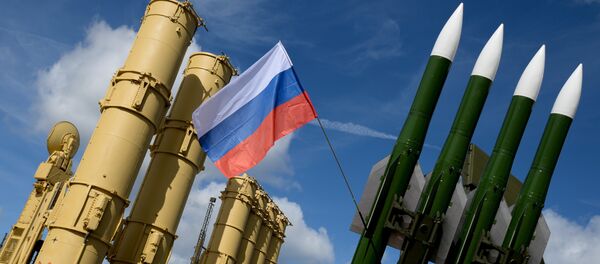According to the experts interviewed by the newspaper, it comes as a precautionary measure in the event that the situation on the Korean peninsula deteriorates.
The training of the military personnel will start later in June and will last for two months, a source in Russia's Defense Ministry told the outlet. Afterwards, the unit will be fully ready to carry out combat tasks with the help of the advanced systems.
The Buk-M3 medium-range surface-to-air missile system, a modernized version of the Buk-M2 system, features advanced electronic components and a deadly new missile and could be regarded as a completely new system.
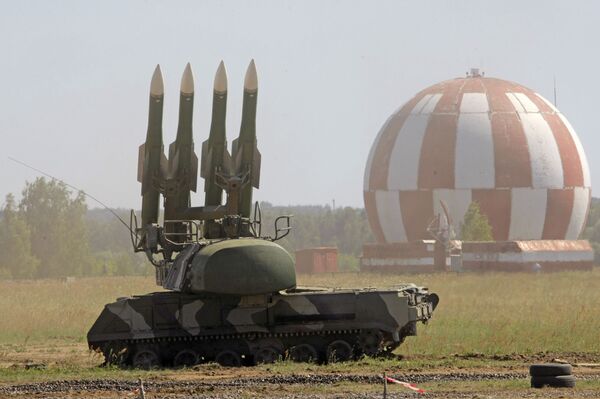
The new type of missile used by the launcher, advanced 9R31M, is more compact than the ordnance used by its predecessors, allowing Buk-M3 to carry a payload of six instead of four missiles. At the same time, the new missile outclasses previous models in terms of its technical characteristics: it can destroy any type of airborne target in existence: can be used against naval and ground targets, including tactical and strategic aircraft, helicopters, short-range ballistic missiles, cruise missiles, air-launched missiles, anti-radiation missiles, guided bombs and other aerodynamic vehicles, according to the Strategic Culture Foundation website.
And is extremely resistant to electronic countermeasures, such as heavy jamming.
Russia's military expert, editor-in-chief of Arsenal of the Fatherland magazine Viktor Murakhovsky pointed out to the newspaper that the advanced system features many innovative decisions which have not been earlier applied in such systems. All of them have improved its performance and combat characteristics.
A payload of six missiles is already a significant improvement over older Buk systems. Besides, the Buk-M3 carries its payload in launch containers instead of external rails to greatly reduce the time between shots and ensure its safety. Launched vertically, the missile adjusts its trajectory midair.
The Buk-3M’s target-destruction probability has reached 0.9999 and its maximum destruction range has been increased by 25 kilometers and now stands at 70 kilometers. The weapon system can also intercept and destroy airborne targets flying at a speed of 3 kilometers per second (for example, the speed of a missile fired by a US-made MGM-140 ATACMS surface-to-air missile launcher doesn’t exceed 1.5 kilometers per hour).
A battery of Buk-M3 missiles can track and engage up to 36 targets simultaneously. The missile can be fired from the 12 cylindrical containers 20 seconds after the system is set up.
Murakhovsky said that the system is fully robotic: it detects a target, classifies it and provides a decision on its interception. The crew will only have to choose the one.
Vasily Kashin, a senior expert at the Institute of the Far East in Moscow told the newspaper that the re-equipment of the air defense unit of the Russian Eastern Military District will become an additional guarantee in the event that the situation on the Korean peninsula deteriorates. The unit could be redeployed to the Far East for the defense of administrative and industrial centers from any missile or air strike.
The military expert added that Buk is purely a defensive system and its deployment won't cause any discontent of Russia's neighbors and won't alter the balance of powers in the region.
The existence of the system was later confirmed by Russia's Defense Minister Sergei Shoigu who said that the system would be made operational and will enter active service in 2016.
In 2016, the system entered service in the Ulyanovsk region in the southeast of the European part of Russia. This year, the system has already entered service in Russia's Southern Military District.

